Everyone knows this pen ✍️

The lesson highlights the Bick Crystal pen as a prime example of effective design and engineering, emphasizing its smooth writing experience due to the precision of its stainless steel ball tip and its hexagonal shape that enhances grip and stability. It also explains the scientific principles of capillary action and surface tension that prevent ink leakage, showcasing how thoughtful design and science combine to create a reliable writing tool. Ultimately, it encourages appreciation for the ingenuity behind everyday objects like pens.
The Space Shuttle’s Luckiest Escape

The lesson “The Space Shuttle’s Luckiest Escape” recounts a perilous mission where the shuttle faced two critical issues: a fuel leak caused by a loose pin and an electrical failure that disabled engine control computers. Remarkably, these problems inadvertently balanced each other out, allowing the shuttle to reach orbit and successfully deploy the Chandra Observatory Telescope despite the risks. This incident highlights the unpredictable nature of space travel and the role of luck in overcoming challenges.
The Robot Chess Player Scam
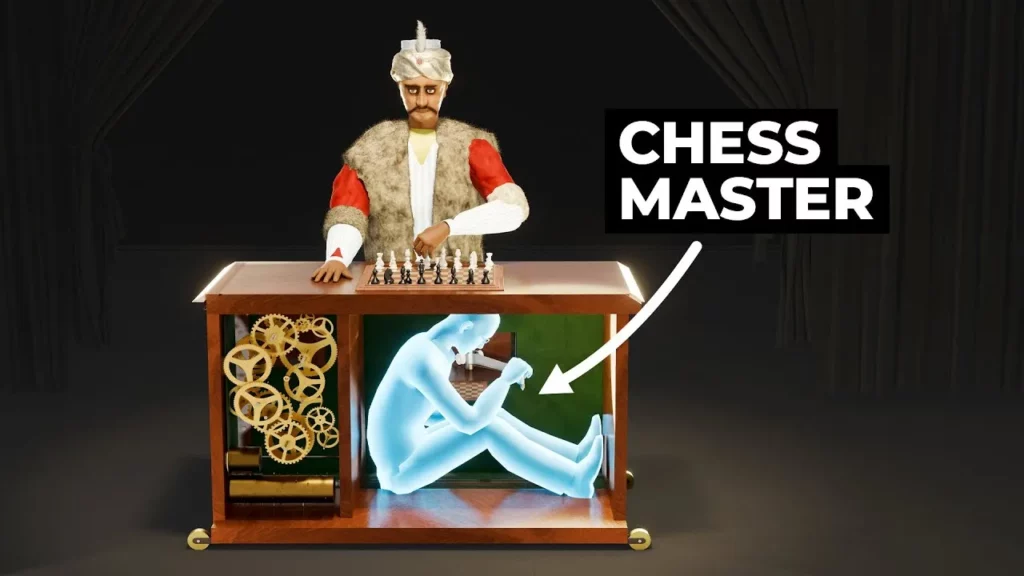
The lesson explores the intriguing story of The Turk, an 18th-century mechanical chess player that captivated audiences for nearly 90 years with its seemingly unbeatable prowess. Created by Wolfgang von Kempelen, The Turk was later revealed to be operated by a hidden chess master, highlighting themes of deception and the importance of questioning appearances. Despite its eventual exposure, The Turk’s legacy endures as a testament to human ingenuity and the allure of mystery.
The Crazy Engineering of Venice
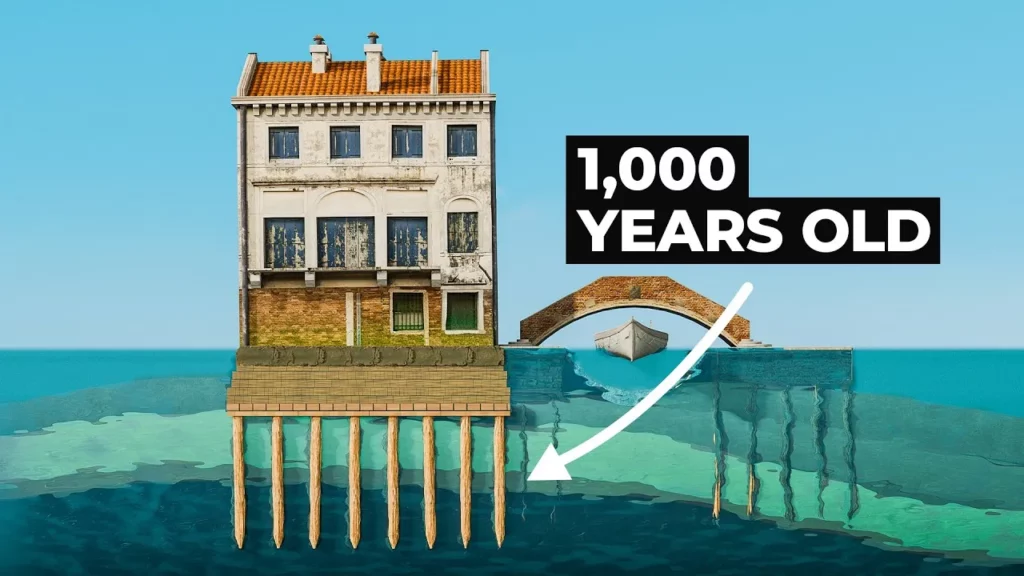
The lesson explores the remarkable engineering feats that led to the creation of Venice, a city built on water in the 5th century amidst the decline of the Roman Empire. It details how early settlers overcame challenges such as unstable ground and lack of fresh water by using timber piles for stable foundations, constructing buildings with flexible materials, and developing innovative water and waste management systems. Today, Venice stands as a testament to human ingenuity, with its enduring structures and intricate network of canals and bridges.
The Only Antarctic Crash With Survivors
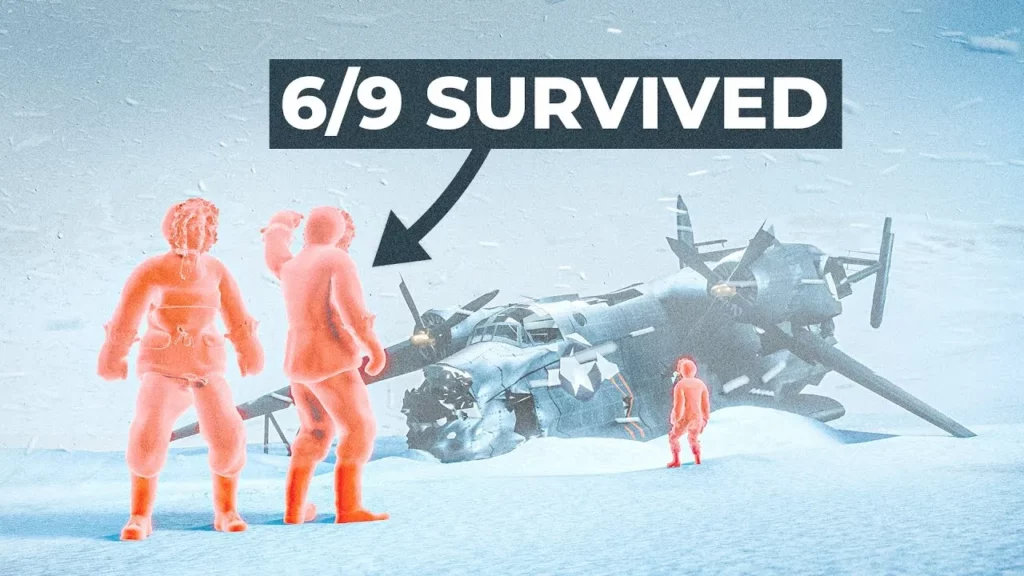
The lesson recounts the harrowing experience of a US Navy seaplane crew that crashed in Antarctica during a 1946 expedition. Despite facing extreme cold and isolation, six of the nine crew members survived for 13 days by creating a makeshift shelter and rationing supplies until they were finally rescued. Their story highlights themes of bravery, resilience, and the challenges of survival in one of the most remote places on Earth.
Antarctica is CRAZY????

The lesson recounts a gripping tale of a U.S. Navy seaplane crew on a secret mission to Antarctica that ends in a crash due to a fierce storm. Stranded in extreme conditions, the crew demonstrates remarkable resourcefulness and teamwork as they survive for 13 days, relying on each other for support and maintaining a positive attitude despite the challenges they face. Ultimately, their story highlights the importance of resilience, preparation, and camaraderie in overcoming adversity.
The Engineering of Mount Rushmore
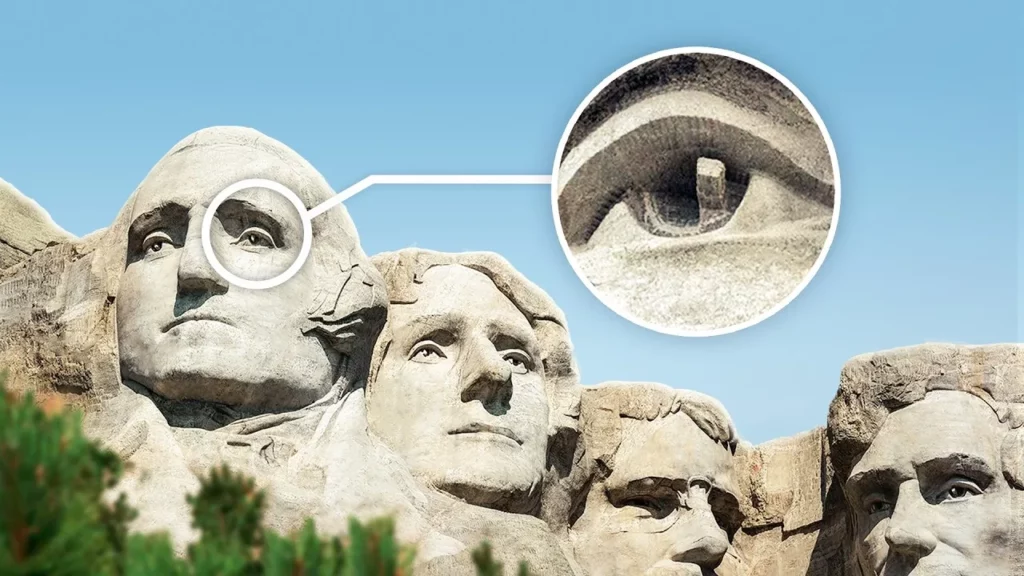
The lesson on the engineering of Mount Rushmore highlights the impressive blend of art and engineering that went into creating this iconic monument, which features the faces of four U.S. presidents. Initiated in the 1920s to attract tourism to South Dakota, the project involved overcoming significant logistical challenges, including building access roads and power sources, and employing innovative techniques to transfer designs from models to the mountain. Although the monument was never fully completed due to funding shifts during World War II, it remains a testament to the vision of sculptor Gutzon Borglum and the hard work of his team.
Shakespeare's Macbeth
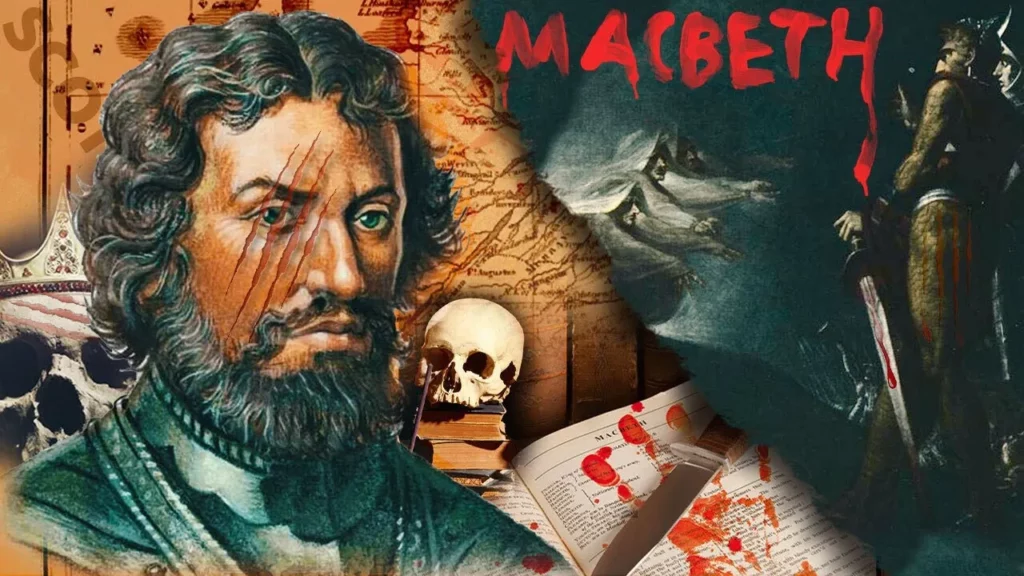
The lesson explores the contrasts between Shakespeare’s fictional portrayal of Macbeth and the historical figure he was based on. While Shakespeare depicts Macbeth as a paranoid and treacherous ruler who murders King Duncan, the real Macbeth was a strong and stable king who ruled Scotland for nearly 20 years after defeating a young and inexperienced Duncan in battle. This lesson highlights the complexities of historical narratives and invites reflection on the interplay between history and fiction.
Weird Things You Did Not Know About Ancient Egypt’s Ramesses II
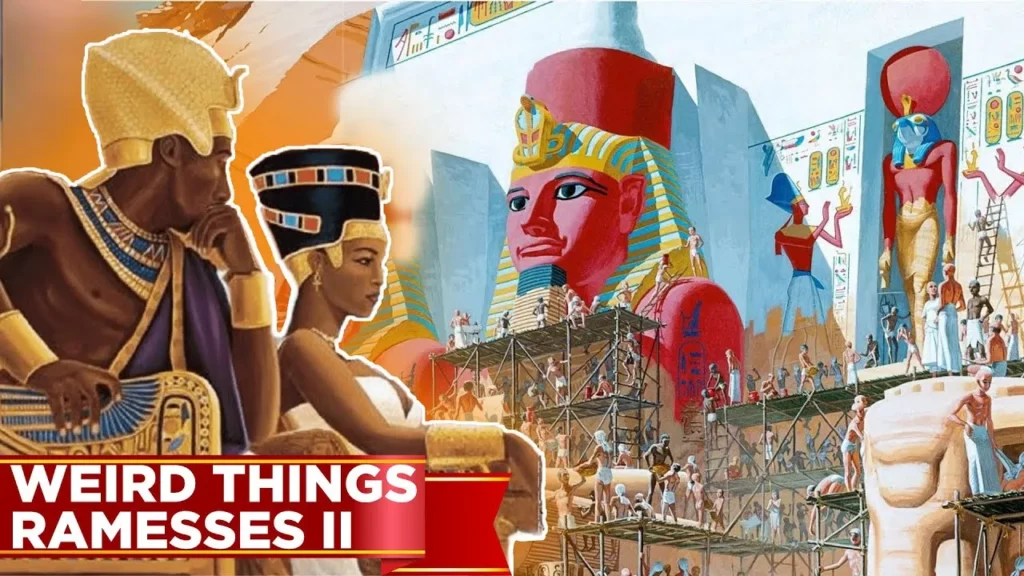
The lesson explores the fascinating life of Ramesses II, also known as Ramesses the Great, highlighting his unexpected rise to power, military achievements, and significant contributions to architecture and diplomacy. Notably, he ruled for 66 years, expanded Egypt’s territory, and signed the oldest known peace treaty with the Hittites. His legacy is further enriched by his family life, particularly his deep affection for his wife Nefertari, and the impressive monuments he commissioned, which continue to symbolize the grandeur of ancient Egypt.
Creepy Mysteries of Diabolical Scientists
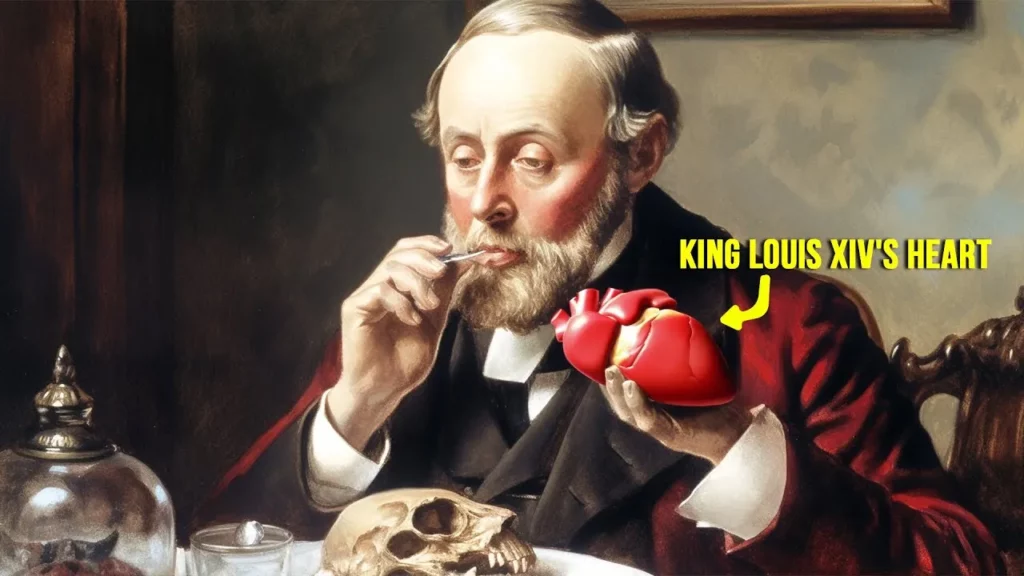
The lesson explores the unsettling tales of historical scientists whose ambitions led them down dark paths, illustrating the fine line between genius and madness. From Qin Shi Huang’s quest for immortality that resulted in his demise, to Fritz Haber’s dual legacy of agricultural advancement and chemical warfare, these stories reveal the ethical dilemmas and bizarre behaviors that can accompany scientific pursuit. Additionally, figures like Heinrich Kramer and Johan Conrad Dipple highlight the dangers of superstition and unethical experimentation, reminding us of the complex nature of scientific progress.